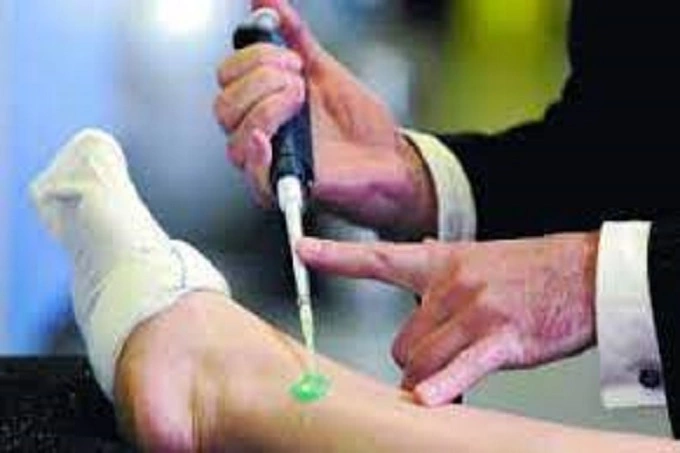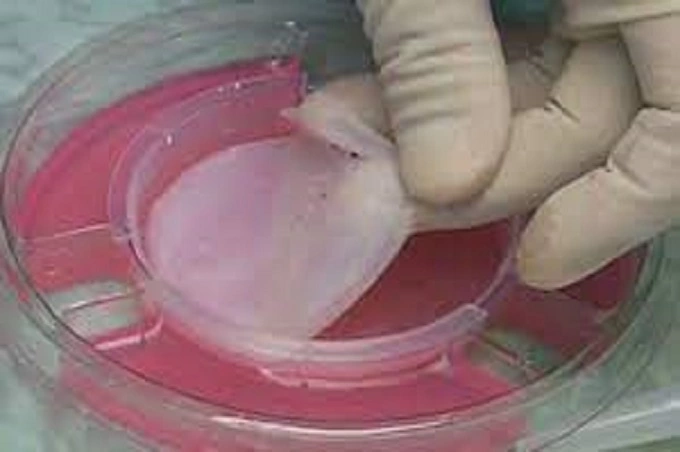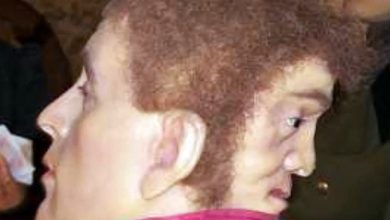Medical inventions that seem like science fiction

Once, the medicine was shamanic rites, coupled with the application of various herbs. Later, the first doctors tried to rely on scientific knowledge and follow the path of logic. But since there was very little knowledge, doctors of the past sometimes performed actions that were insane by today’s standards.
We were lucky that we were born in the late 20th -21st century because today, medicine is developing rapidly, and new treatment methods are constantly being discovered. Until recently, people who lost their sight were forced to live in darkness, and now there are prototypes of glasses connected via a bio-interface that allow you to see the world in the form of figures and silhouettes. Yes, it’s not enough, but it’s just the beginning.
Modern medical inventions seem like science fiction. Here are a few of them; having learned about which, you will understand how far science has advanced in recent decades.
1. Practice in virtual reality

Back in the early 10s, the first workable augmented and virtual reality technologies began to appear, allowing interaction with fake objects. By the end of the last decade, they were no longer something surprising.
If previously augmented and virtual reality was perceived purely as entertainment, they are also used for scientific purposes today. For example, several systems have been created to perform surgical operations in augmented reality. A student studying surgery gets access to unlimited attempts in training, which allows him to hone his skills better.
Studies have shown that doctors who regularly practice in augmented or virtual reality work more efficiently than those who prefer only real surgery. Also, tests show that doctors trained in virtual reality have six times less risk of making a mistake when removing the gallbladder. Moreover, they perform this procedure almost a third faster.
2. Therapeutic gel

In many fantastic works, therapeutic gels are applied to the wound and either immediately tighten it or accelerate its healing several times. It turns out that there is a similar technology in reality. Moreover, it was introduced back in 2010 and is being tested to find the most effective components.
In 2010, London scientists developed Nexagon gel which, in fact, suppresses the production of protein in the wound. This allows the cells to move faster, which leads to faster healing. The gel itself is applied directly to the wound area.
3. Dental film
If there is a small chip on the tooth, which cannot be corrected due to its small size, you have to put a veneer that protects the enamel-free area from the influence of bacteria. Scientists from Japan have created something like a patch, a thin, flexible film of hydroxyapatite, a material that 96% of the enamel of teeth consists of.
This film is still undergoing testing, but there are already encouraging results. With the help of this film, it is possible to restore chipped areas and increase the protection of teeth from caries and other diseases. This invention will make our lives more comfortable and help get rid of the need for expensive dent al treatment.
4. Lab-grown skin

If skin grafting is necessary, as well as organs, it should be taken from a suitable patient. There is another way — transplantation of your own skin, which is taken from an undamaged area. The problem is that with a large area of skin damage, for example, with severe burns, there is simply nowhere to take a sufficient amount of biomaterial.
What does modern medicine offer? Grow skin in the lab. Unlike growing organs, creating skin is not such a difficult and expensive task. Biotech companies take a small amount of the patient’s skin, after which new flaps of the required size are grown from its cells. Moreover, you can grow several meters of skin from a piece with a one-centimetre diameter.
While this is a very expensive procedure with several limitations, the beginning has already been made. Perhaps the problem of any visual defects associated with skin damage will cease to be significant in the future.
5. Mind-controlled wheelchairs for the disabled

Even with the current development of contactless technologies, the life of disabled people is very different in the direction of less comfort. So, for example, if people with non-functioning legs can move in a wheelchair using their hands, the completely paralyzed are deprived of the possibility of free movement even within their own homes.
But developments are already underway to allow completely paralyzed people to move almost without obstacles. The neuro interface, connected to an electric wheelchair, is responsible for this. The neuro interface, worn on the head, reads the simplest commands like moving forward or to the side and gives the command to the wheelchair.
In the future, if you believe the predictions of science fiction, the neural interface can be embedded in exoskeletons. Then a paralyzed person will be able to move freely around the city, being fixed in a power suit.
6. Examination with pill

Many procedures differ in discomfort and even soreness, for example, FGDS and colonoscopy. A person is forced to endure unpleasant sensations from a hose with a camera during these procedures. The doctor leads through the esophagus or colon to assess the internal state of the organs. And although the hoses with cameras have become thinner than before, these procedures still cause inconvenience to patients, including psychological.
Decades ago, prototypes of tablets were created that had tiny cameras inside that recorded a picture in 360-degree mode. Today, with the miniaturization of the hardware and the improvement of cameras’ resolution, diagnostic tablets have become cheaper and more efficient.
Passing through the esophagus into the stomach and into the intestines, the tablet comes out with feces. Photos taken by cameras in the 30 frames per second mode are sent via a wireless connection to an information storage device. There they are combined into a video, after which the doctor can assess the condition of the internal organs.
The advantage of such a procedure is that the patient does not feel the diagnosis in any way, unlike the classical methods of FGDS and colonoscopy. Miniature diagnostic devices are already being developed that can enter the heart, lungs, and other organs through the bloodstream and assess their condition visually and with the help of other tools.
7. Three-dimensional X-ray images
In science fiction films, in scenes with a medical examination, you can see a very useful technology — a three-dimensional image of the body. It allows you to accurately identify problem areas, unlike two-dimensional images, where everything is superimposed on each other.
For a long time, doctors were content with only two-dimensional images in the real world. But not so long ago, scientists from the University of Manchester in the UK have developed a new X-ray machine with the ability to shoot a three-dimensional colour image. This will make it possible to detect diseases at even earlier stages because even the smallest details will not be able to hide from the doctor’s gaze, as is sometimes the case with classical X-rays.
To get the latest stories, install our app here




